A glorious walk near the village of Silverdale. Through Eaves Wood, up to the Pepperpot, beside Arnside Tower, and even further afield. This is a walk that straddles 2 counties: Lancashire and Cumbria. Plus, there’s a nice variety of huge views with historic ruins and woods.
Silverdale is in an area of Lancashire that is always wonderful to walk in. This quiet, yet beautiful part of the country is packed with views, geology, ancient woodland, nature, historic buildings and great walks.
Nature lovers will know of RSPB Leighton Moss, a haven for bird lovers, which is situated in Silverdale.
It is all part of a peninsula in the north west of England that is limestone rock landscape with small rocky hills combined with heavy woods and marshes.
This walk captures the essence of the area in one 5 mile loop that is a joy to walk on many occasions at different times of the year.

Parking
Eaves Wood Car Park is the start point. It is a very small car park that fits around just 10 to 15 cars, so to guarantee a parking space on busy days you may want to get there early to save disappointment.
The car park is free.
The address for the car park is: Park Rd, Silverdale, Carnforth LA5 0UQ

Eaves Wood
From the car park head through the gate at the opposite end of the car park to the road. This takes you up a small track for a few hundred metres and into Eaves Wood.
At the footpath signpost turn left.

Now you are in a wonderful ancient wood which is only one of many on the walk. Enjoy being surrounded by all the old trees.
The woodland is owned and managed by the National Trust and, with their care, it is not just a preserve for old trees but with coppicing it is a haven for flowers and wildlife. Trees here include yew, oak, ash, hazel and lime as well as beech, birch, larch, pine and hawthorn.
In the spring there is always a carpet of bluebells and it is also known for its rarely seen Pearl Bordered and High Brown Fritillaries.
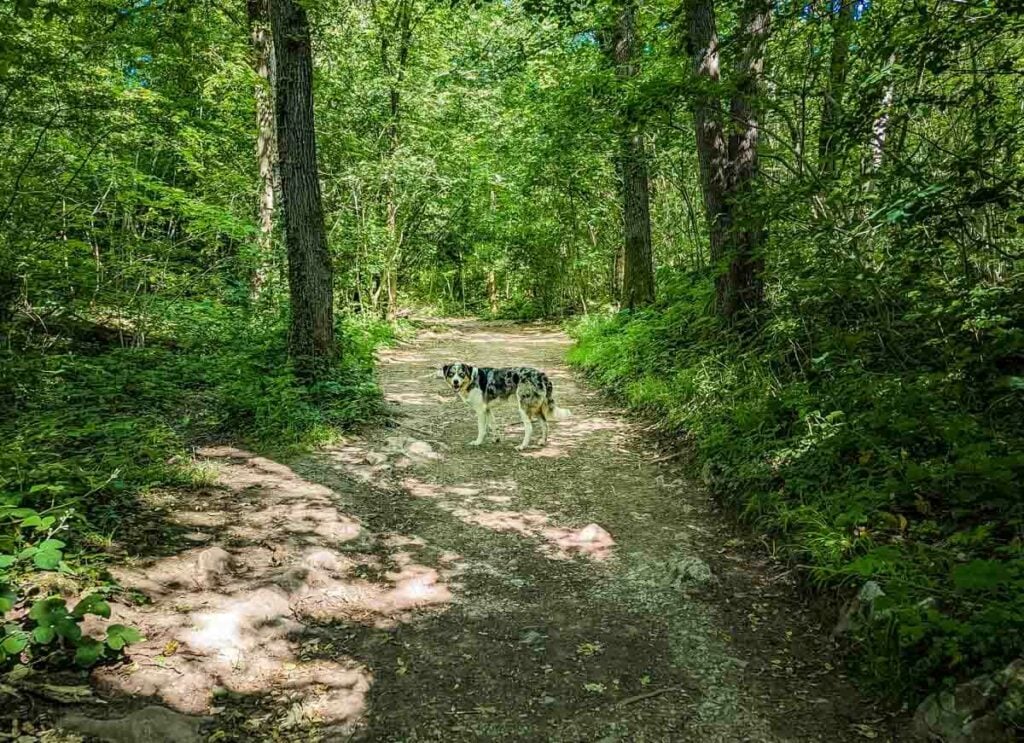
As I walked through in summer, butterflies of all sizes and colour were dancing through the air.
After a short distance you will see a sign advising you to turn right, that takes you up to ‘The Pepperpot’. All signs lead to Pepperpot but the summit is actually the top of a hill called Castlebarrow.
Pepperpot
On the climb up to the Pepperpot you can take your time admiring more of the woods as you climb the limestone laden with trees. It is not a huge climb, and the only real one on the walk.
Once you get to the oddly named monument you will see why it may have been chosen as a spot for a folly. Expansive views await you at the top.
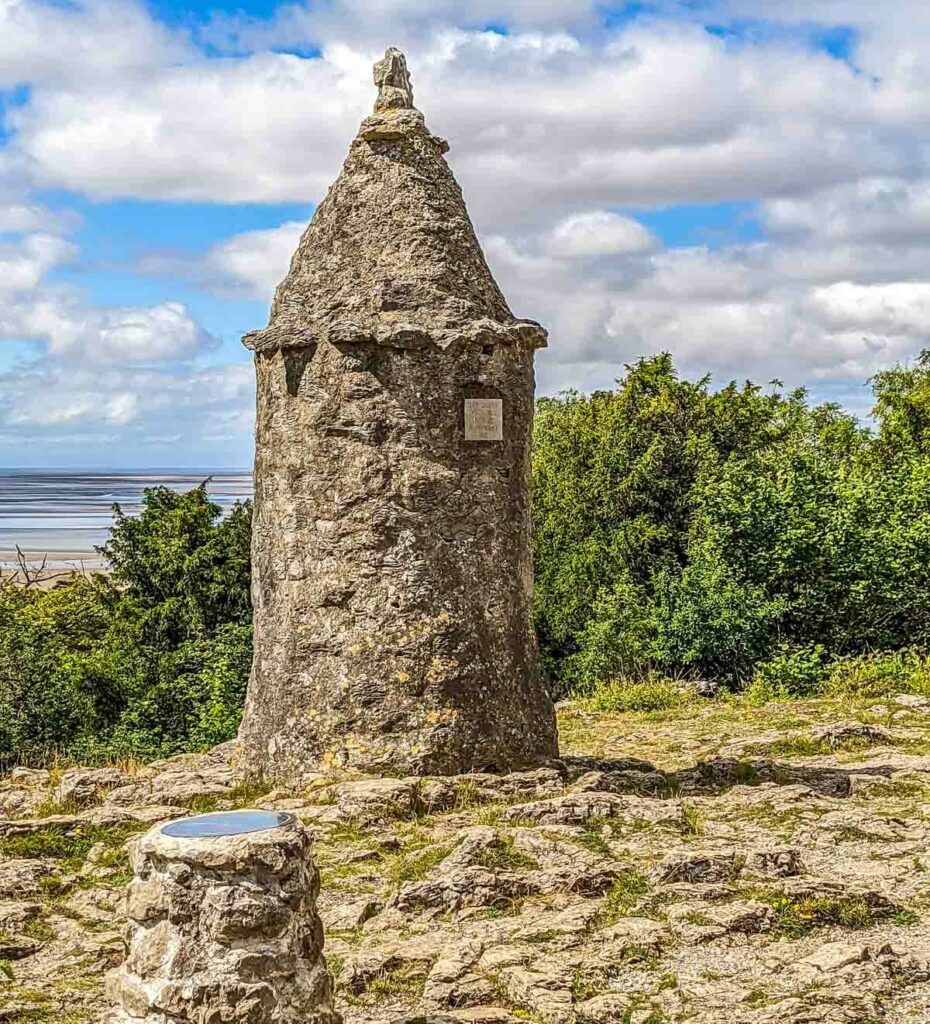
On a clear day look south and you should well see The Ashton Memorial of Lancaster, Heysham and even Blackpool Tower way down the coast. To the east you can see the unmistakable shape of Ingleborough rising out of the Yorkshire Dales. To the west the nearest big thing is Arnside Knott, another favourite walk of mine. Plus you cannot miss the expanse of Morecambe Bay stretching out before you with Barrow and the Lake District behind it and northwards.
The 20 foot tall Pepperpot is a folly that was built here by the Hebden family, who owned Castlebarrow, to mark the Golden Jubilee of Queen Victoria in 1887.
Looking at it you can see why it was locally nicknamed The Pepperpot, or originally Pepperbox.
During WWI some soldiers that were stationed near here apparently wanted to build a salt cellar next to it and make a matching pair, but it failed to be done. Fun thought though!
From the summit here take the path back down and to the bottom path beneath the woods.
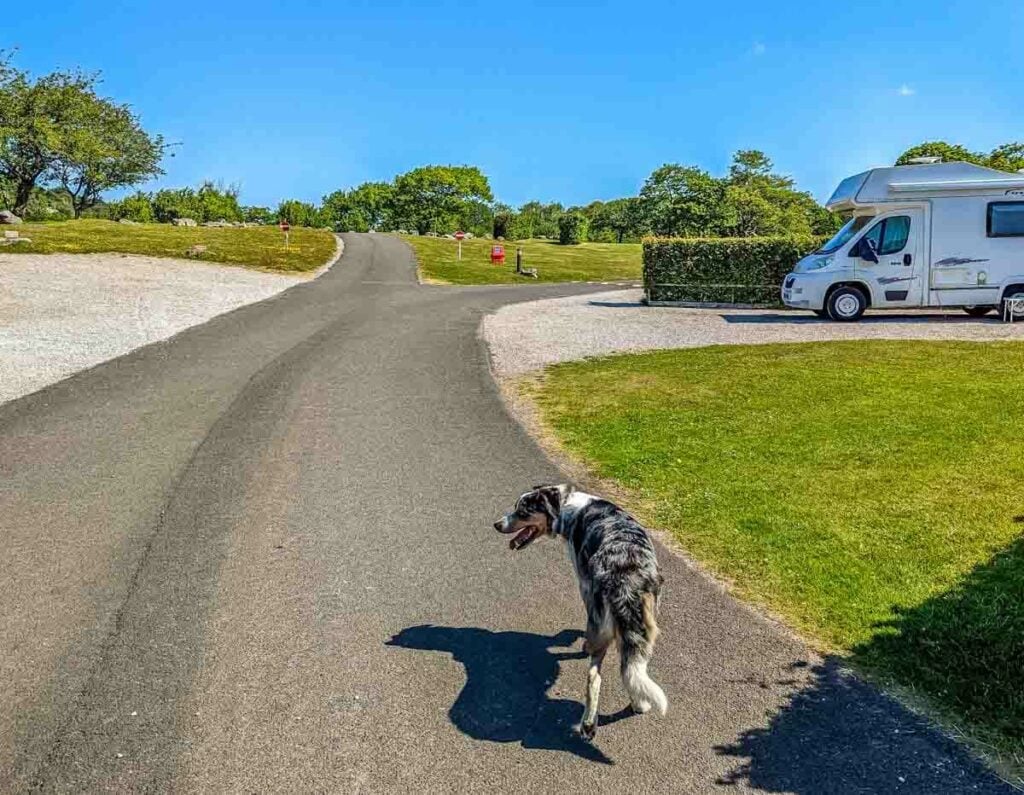
Heading out of Eaves Wood and passing behind and through Silverdale Holiday Park the path eventually brings you out at Arnside Tower. Now we have crossed the invisible border from Lancashire and into Cumbria.
Arnside Tower
Arnside Tower is now a ruin but has a past that dates back to the 15th century. It is falling apart slowly, but in its heyday it was one of a number of important buildings like this up and down the north of England.

It was what is known as a pele tower. These fortified homes were not built as castles or fortified as strongly but were built as towering homes that could help protect the area from Scottish raiders.
There are other examples of ruined pele towers in the area beyond here. In case of a raid they could signal each other in line of sight and take refuge with their cattle and possessions. Originally there would have been outbuildings attached to it for cattle, etc.
Arnside Tower is thought to have been built in the 14th century by the De Broughton family. You may think it an unusual location for a tower to be in a low area between high points. In the middle ages though the sea probably came in this far and surrounded a lot of the tower as perfect protection.
Attacks were not responsible for the ruin and decay. It was damaged in an accidental fire in 1602 but repaired and reoccupied. Then a lot of destruction came in a great storm of 1884 when a corner of it came away.
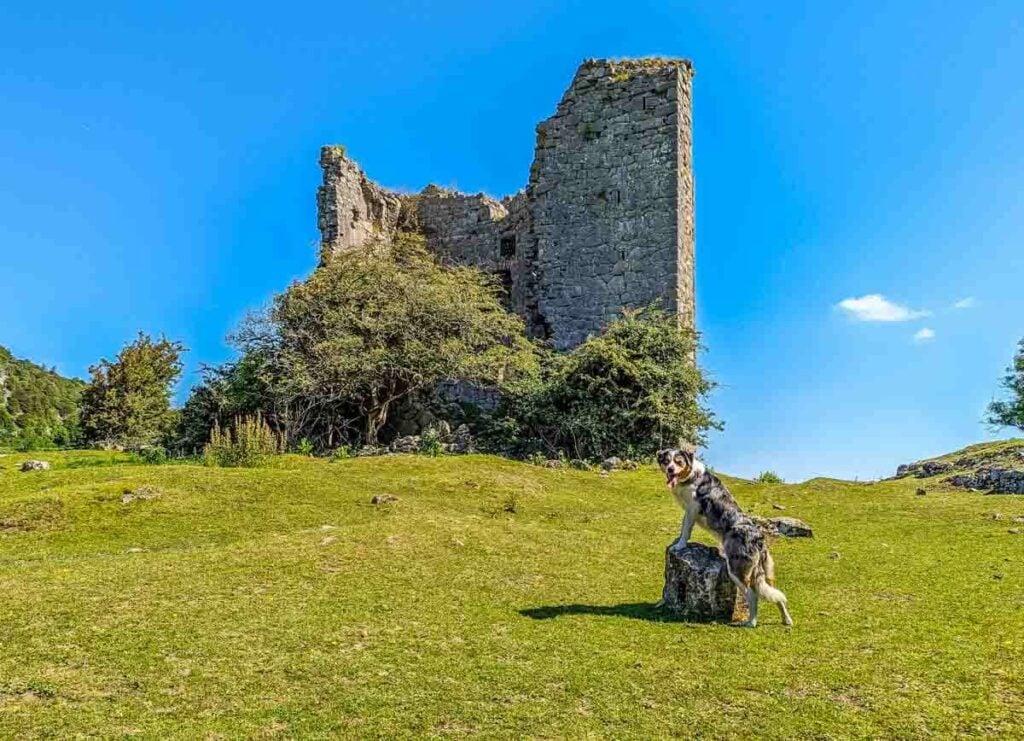
Part of the ruins are still standing, and from the inside wall you can see remnants of fireplaces and stairs.
Beside Arnside Tower is a working farm that has a spot for wonderful views, highlighting the tower behind it and a commanding view of Arnside Knott before it.
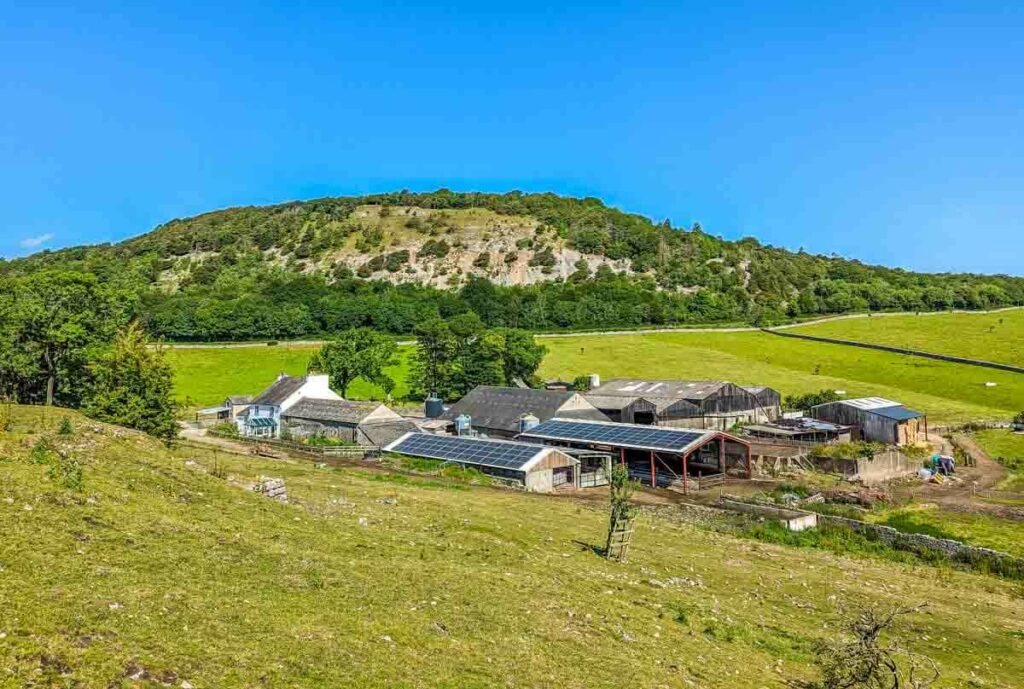
Middlebarrow Wood
Passing by the tower on its right, we then turn right and back into wonderful woodland. This time into Middlebarrow Wood.
Walking around here is so quiet as people go to more famous walks and paths in the area. Middlebarrow Wood, along with other woods in the area, is so rich in its diversity of trees and plants that it is one of the most diverse in the country. In fact, its part of the Arnside and Silverdale Area of Outstanding Natural Beauty (AONB).

It is a joy to walk the woods around here, especially in the deep greens of summer.
At the end of the woods we turn left and keep to the left of the railway line. As I said, this walk is very quiet so not so trodden. In this section, beware of nettles and thistles as they are present in summer.

After about half a mile you come to a gate and pass through, turning right under the bridge and through some cow fields along a farm track.
It was time to get Malc under control here as there were plenty of cows. All very nosey. Remember, if with a dog, to take care around cows. They are curious beasts aren’t they?

At the end of the track we turn right along a small road for a few hundred metres before turning right back onto a grassy path.
Malc decided it was time to cool down a bit. Clearly any water will do for him!
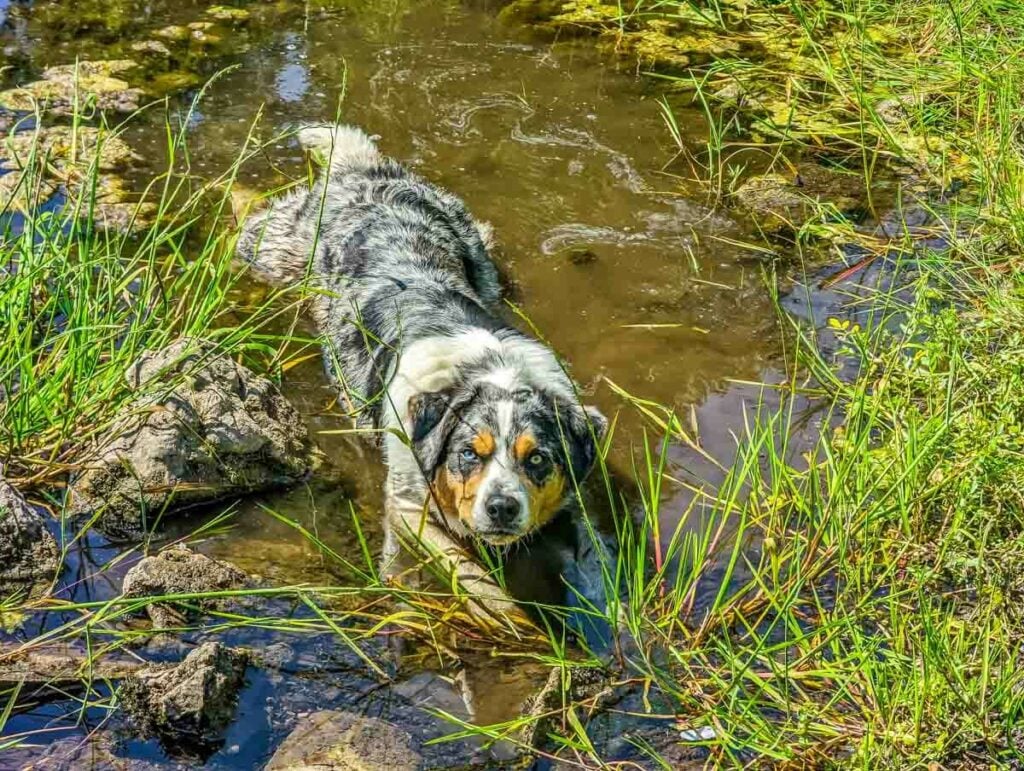
Through The Meadows
Now we have turned to head back towards Lancashire, and between sections of woods you will find openings full of wildflower meadows.
In late spring and summer this area is bursting with natural colours. Amongst the green and brown grasses there are flowers everywhere and so many butterflies.
Over to your right you get a unique view of the back of Arnside too.
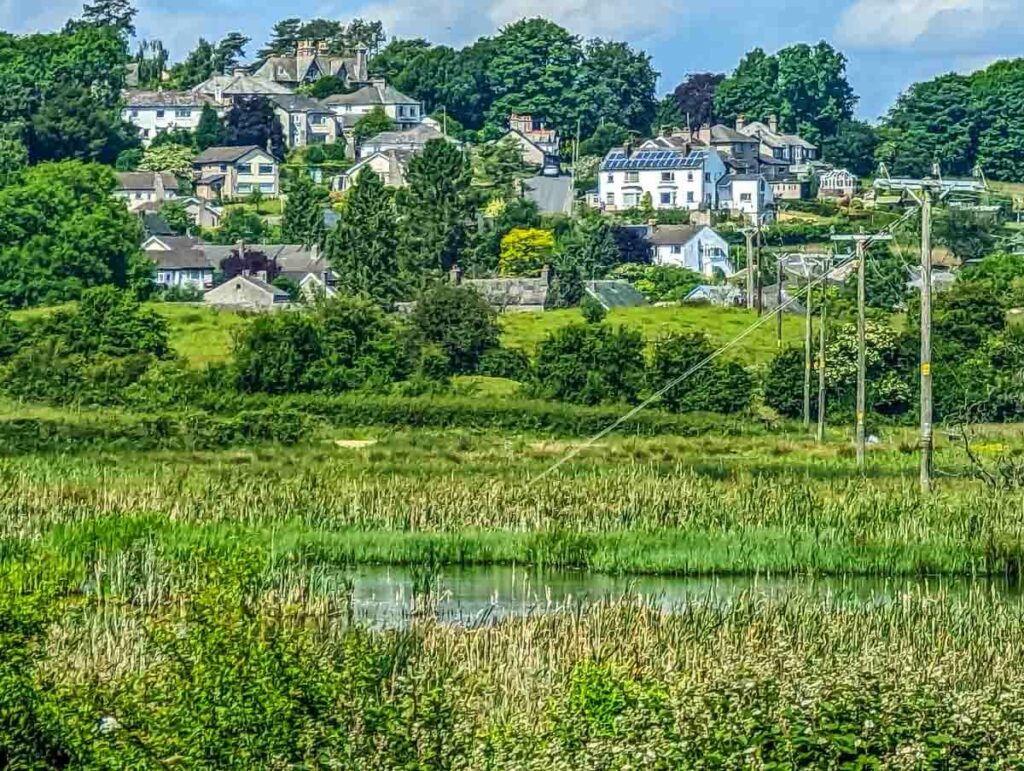
Challan Hall Allotment
But still there is more woodland wonder to come when entering another natural paradise in the name of Challan Hall Allotment.
As you enter the allotment and woods there are signs by RSPB as it is part of RSPB Leighton Moss. There are so many birds to look out for here: Bullfinches, Marsh tits, Hawfinches and Blackcap among them.
For butterfly lovers, look out for White-Letter Hairstreak or the rare in Britain High-Brown Fritillary.

It all meets at the adjacent Gait Barrows National Nature Reserve. Silverdale, from this walk and outward, is so important to rarer birds and wildlife in Britain. There is good reason that Springwatch and Autumnwatch base themselves here in Silverdale at times.
You will pass a small lake called Hawes Water (not to be confused with Haweswater in the Lake District). Keep that to your left and you are on the homeward stretch.

Back To The Car Park
The path eventually leads back to the road near the start of the walk and it’s just a few short few steps then back to the car park where you started.
Now that was a walk packed with lots of interest. So much to see, so much to learn about, and a whole lot of nature.
It is such a quiet walk and more people should know of the wonders of Silverdale. Happy walking!
Route
Download the GPX – Pepperpot Silverdale Walk
Walk Distance: 5 miles
If you would like to discover a coastal gem in the area, take a look at Jenny Brown’s Point.

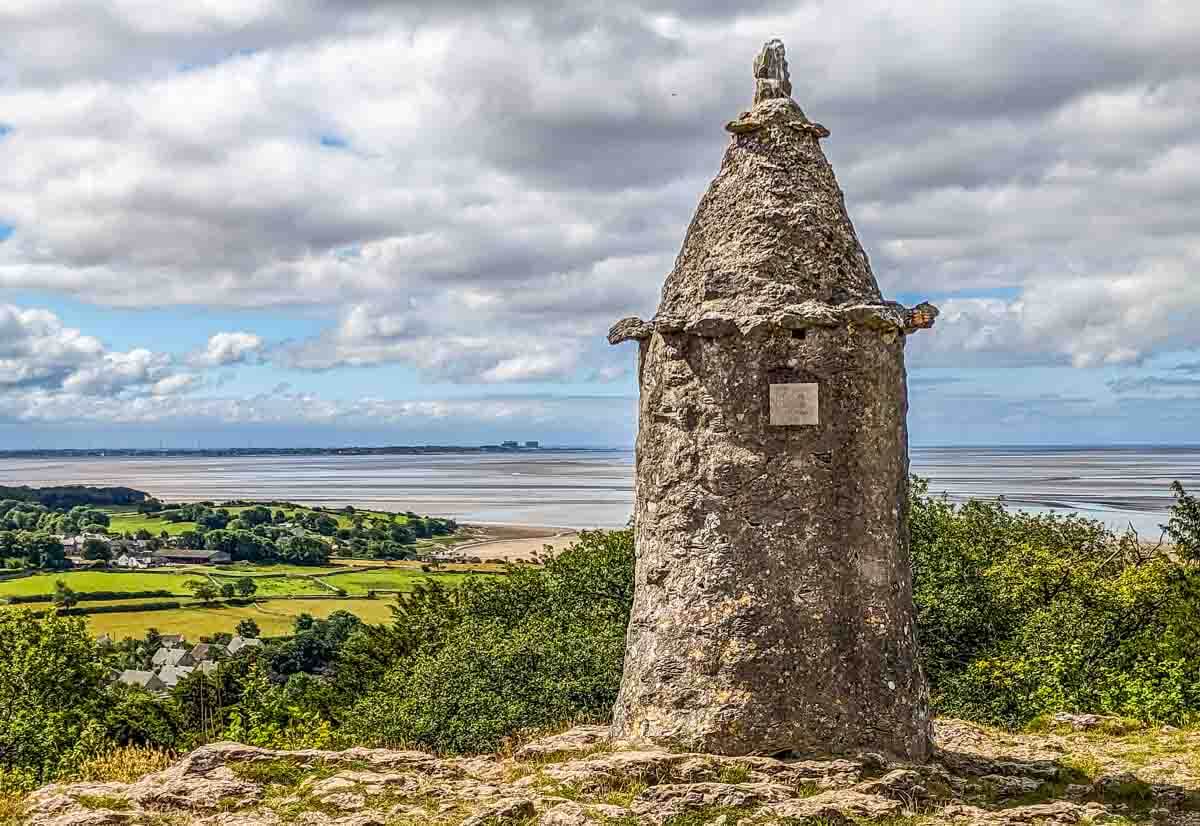

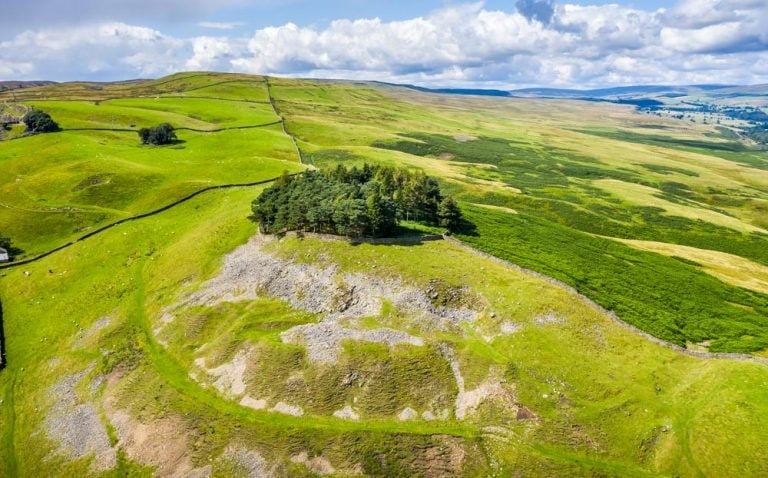
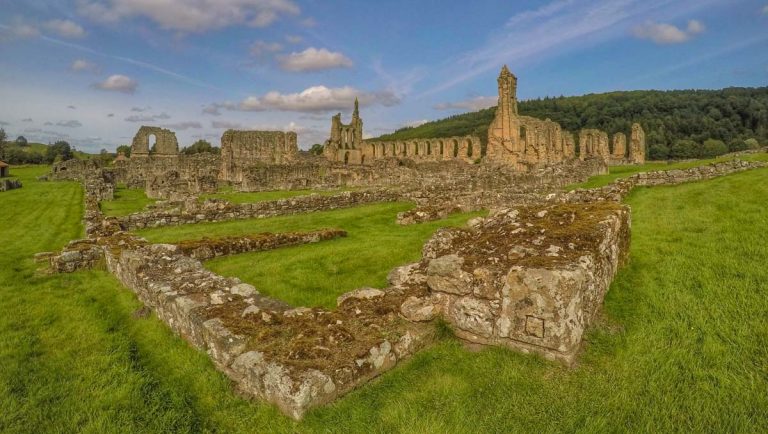

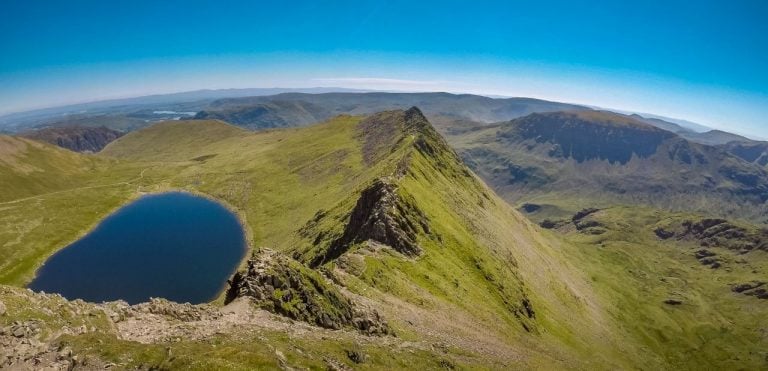
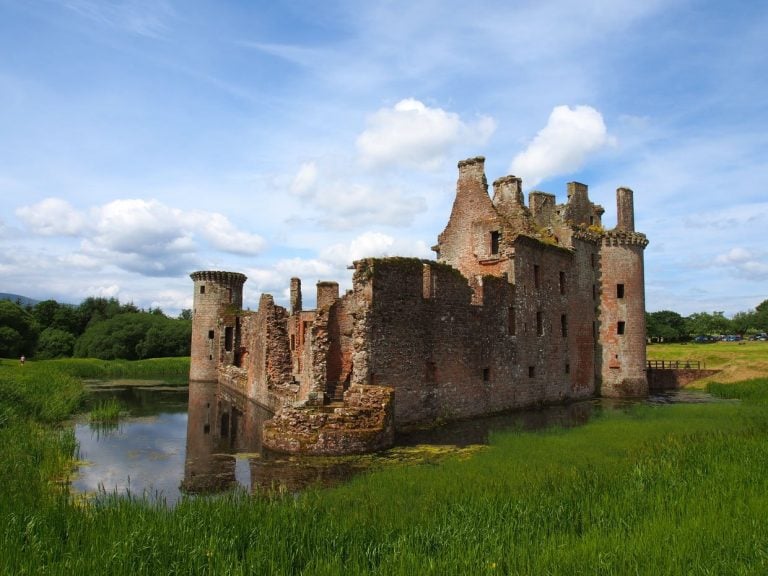

I love that area.
It’s nice to learn a new walk.